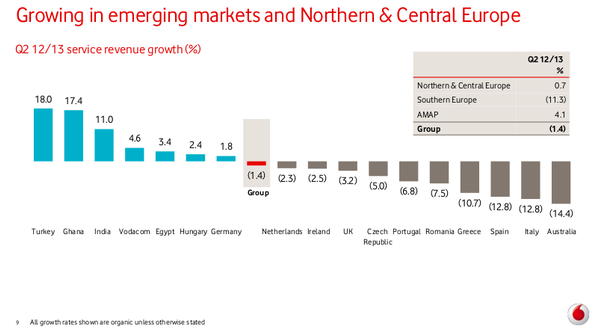
Why B2B marketplace sits at the heart of a thriving ecosystem
As telcos attempt to capture the B2B revenue opportunity, marketplace is rapidly becoming an industry buzzword. We explore the characteristics of a marketplace and the industries in which telcos have a genuine right-to-play



